Why Your Sales Team Hates Your CRM And How to Fix It
Your sales team’s success is crucial to your business growth, but there’s an elephant in the room: they’re not using your CRM system as intended. If you’re facing resistance, missed opportunities, and incomplete data, you’re not alone. Research by Salesforce shows that 43% of sales teams fail to use their CRM correctly, leading to significant revenue losses and frustrated management.
Let’s dive into why your sales team might be pushing back against your CRM and, more importantly, how to transform it from a burden into their most valuable asset.
Too Many Manual Data Entry Requirements
Nothing kills sales momentum faster than administrative tasks. Your top performers want to be closing deals, not typing endless notes into a system they see as a time sink.
“The average sales representative spends only 35.2% of their time actually selling, with much of the remaining time consumed by data entry and administrative tasks.” – HubSpot Sales Statistics 2023
The Fix:
- Implement automatic data capture from email and phone interactions
- Use mobile scanning for business cards and documents
- Enable voice-to-text notes for quick updates
- Automate repetitive data entry tasks through integration with other tools
Complicated Interface and Poor User Experience
A cluttered, confusing interface is a major barrier to adoption. When your sales team needs to click through multiple screens to find basic information, they’ll resort to their own systems—usually spreadsheets or notes apps.
The Fix:
- Customize views for different sales roles
- Create intuitive workflows that match your sales process
- Remove unnecessary fields and options
- Implement single-page views for most common tasks
Lack of Mobile Functionality
Modern sales teams are mobile, but many CRM systems still prioritize desktop experiences. When your team can’t quickly update deals or access customer information on the go, they’ll delay updates or forget important details.
The Fix:
- Ensure your CRM has a robust mobile app
- Enable offline access to critical data
- Optimize mobile forms for quick updates
- Implement location-based features for field sales
Irrelevant or Redundant Fields
Nothing frustrates a sales professional more than being forced to fill out fields that add no value to their sales process. Every unnecessary field is another reason for them to avoid using the system.
The Fix:
- Audit your data fields regularly
- Remove or hide unused fields
- Make only essential fields mandatory
- Create role-specific field sets
Poor Integration with Existing Tools
Your sales team likely uses multiple tools throughout their day. If your CRM doesn’t play nice with their email, calendar, and other essential applications, it becomes an isolated island of information.
The Fix:
- Integrate with popular email clients and calendars
- Enable document sharing and storage integration
- Connect with communication tools like Slack or Teams
- Implement single sign-on for all connected systems
Insufficient Training and Support
Even the best CRM system will fail if your team doesn’t know how to use it effectively. Many organizations make the mistake of providing only initial training without ongoing support.
The Fix:
- Develop a comprehensive onboarding program
- Create role-specific training materials
- Establish a CRM champion program
- Provide regular refresher training sessions
- Make help resources easily accessible
Creating a Sales-Friendly CRM Culture
The most successful CRM implementations go beyond technical solutions—they create a culture where the CRM is viewed as a valuable sales tool rather than a management reporting system.
Key Strategies:
- Include sales team members in CRM decisions
- Celebrate wins and share success stories
- Create feedback loops for continuous improvement
- Align CRM usage with sales incentives
- Show clear value through better lead quality and faster closes
“The best CRM implementations we’ve seen are those where sales teams feel ownership of the system rather than feeling it was imposed upon them.” – Sales Operations Expert, ilovemycrm.com
Conclusion
Transforming your CRM from a despised system to a valued tool requires understanding and addressing your sales team’s legitimate concerns. Start by eliminating manual data entry through automation, simplifying the interface, and ensuring mobile accessibility. Then, focus on meaningful integrations and proper training.
Remember that successful CRM adoption is a journey, not a destination. Regularly gather feedback, make adjustments, and demonstrate the system’s value through improved sales outcomes. When your sales team sees the CRM as a tool that helps them sell more effectively rather than a management surveillance system, you’ll naturally see higher adoption rates and better data quality.
The key is to make your CRM work for your sales team, not the other way around. By implementing these fixes and maintaining open communication with your team, you can create a CRM environment that supports rather than hinders your sales success.
Ready to transform your CRM into a system your sales team will actually want to use? Contact us today to learn how we can help optimize your CRM for maximum sales team adoption and effectiveness.






